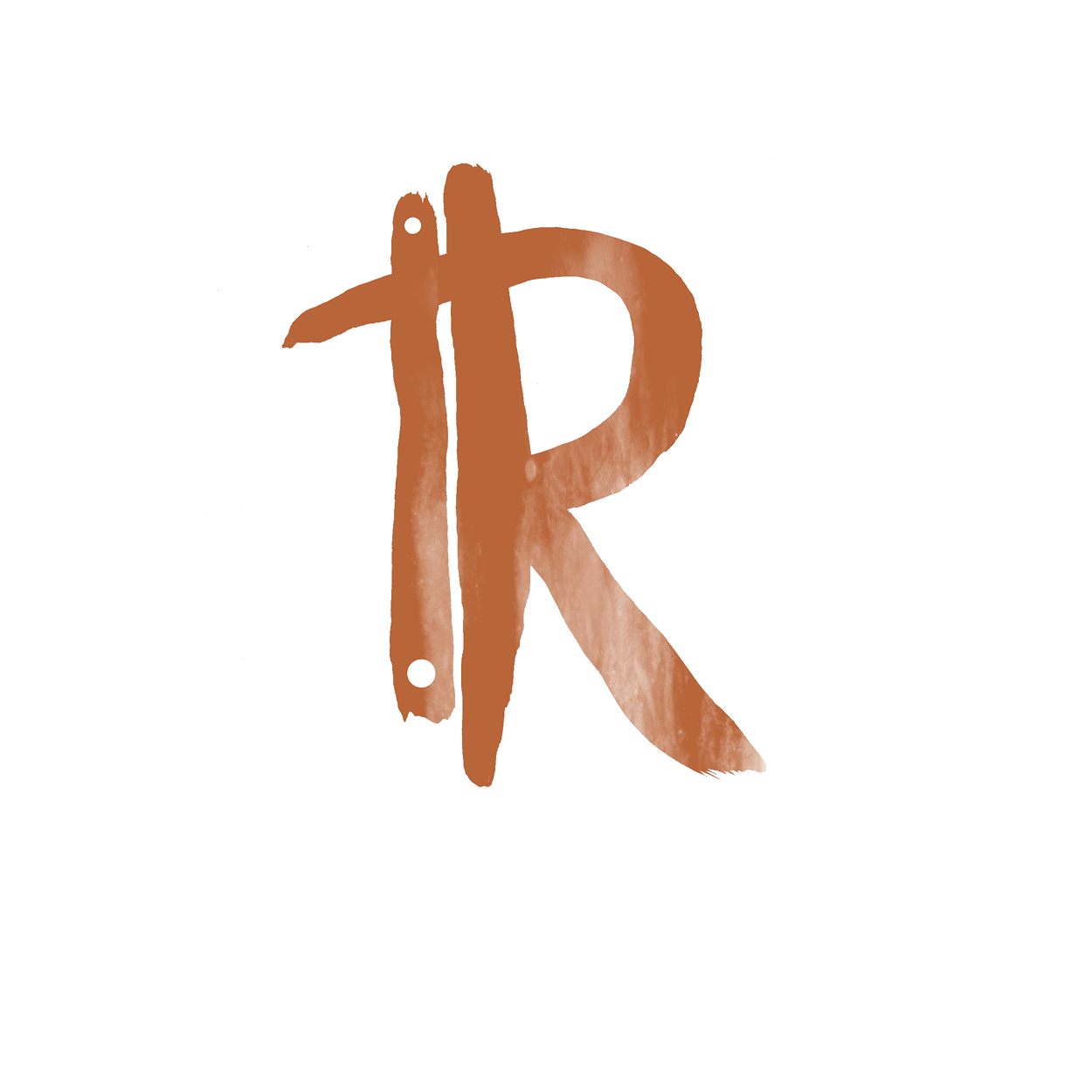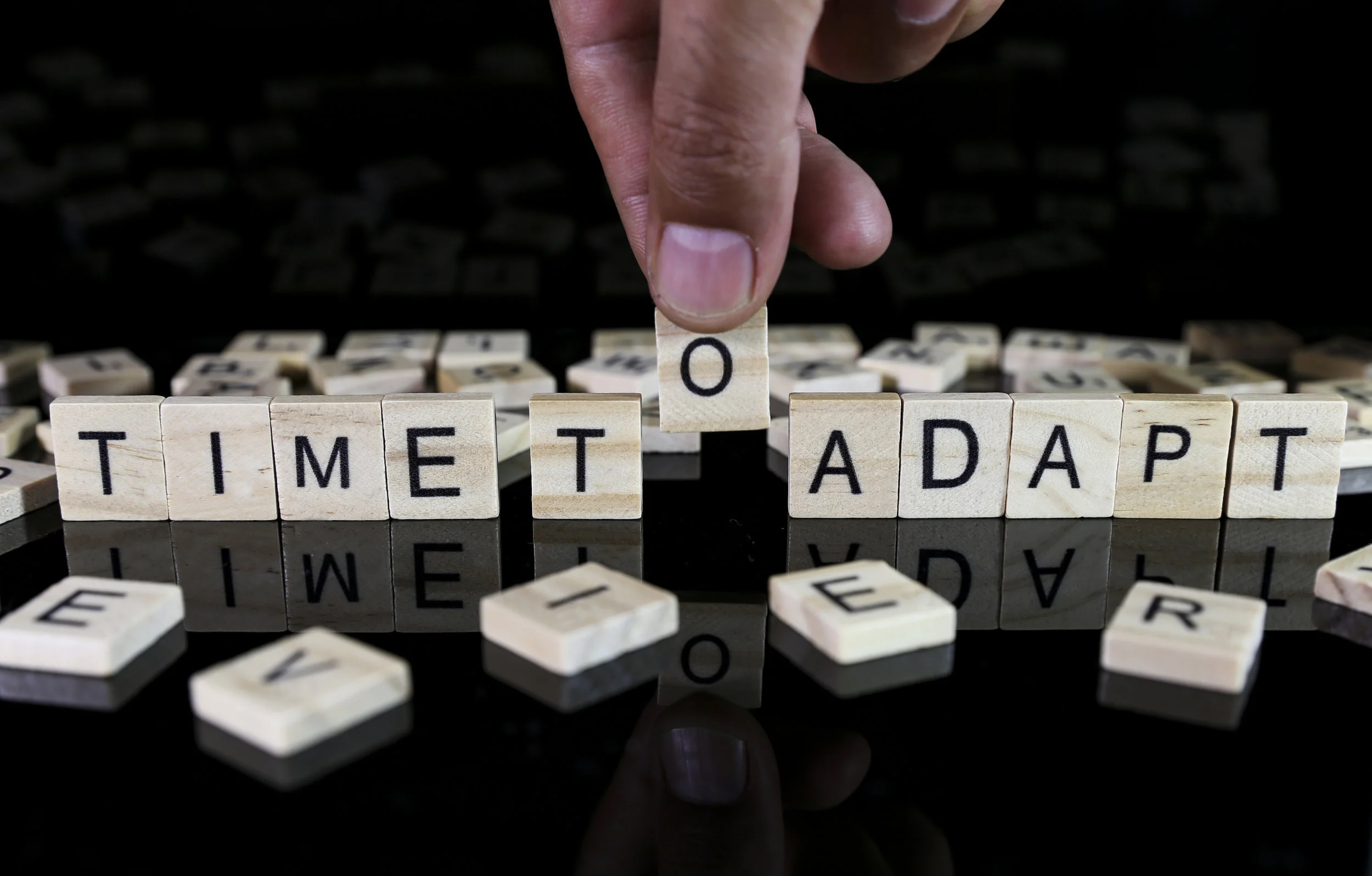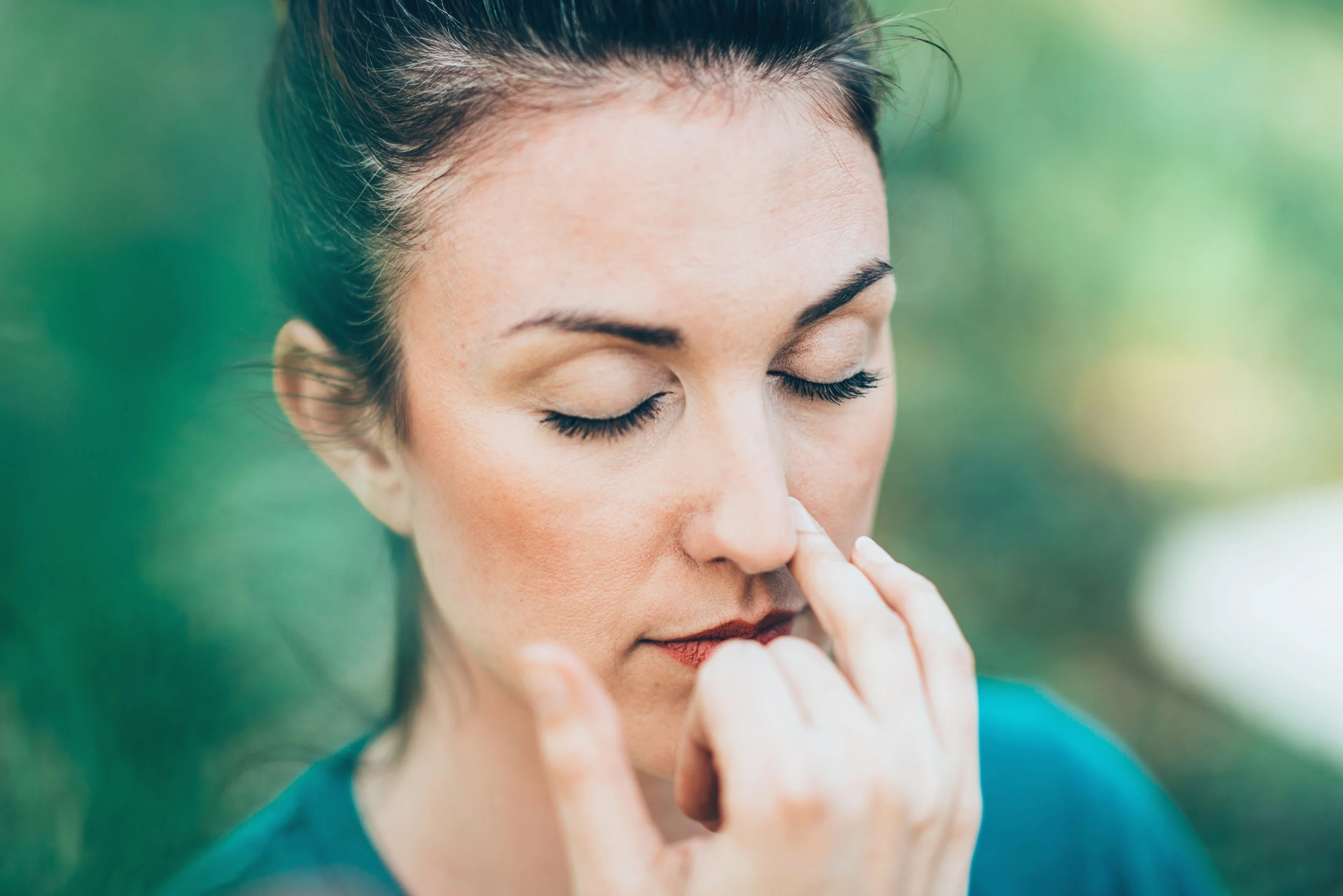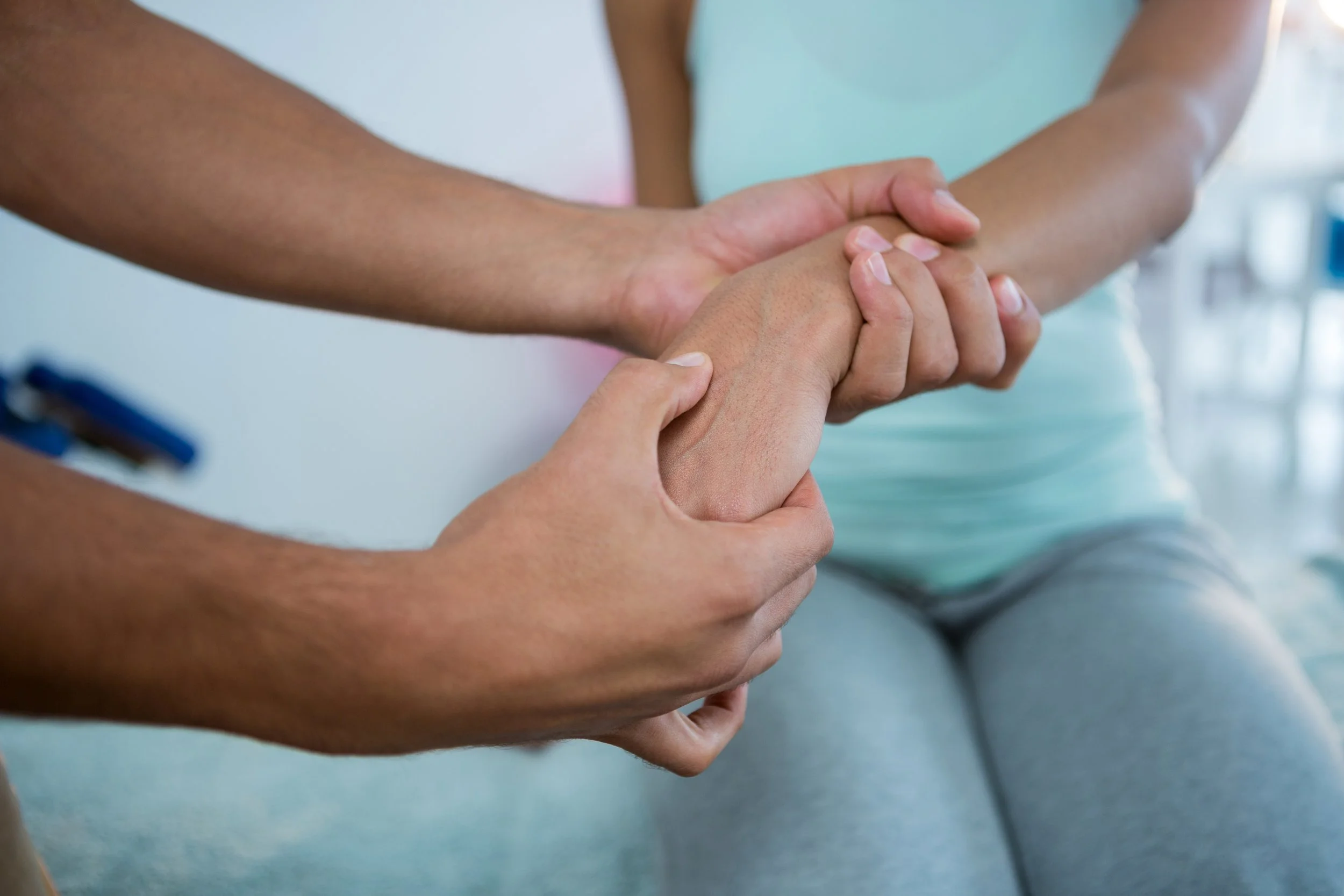A Dancer’s Brain Develops in a Unique Way
/Music activates our deeper brain areas, but what happens in a dancer’s brain? Movement can trigger a flow state which makes way for an intuitive neural network.
As technology takes over more areas of our lives, interest in more natural ways of life has also increased massively. One example of this desire to reconnect with nature is the upsurge of yoga and meditation retreats.
Music and dance have been fundamental parts of the human experience for millennia. They have enabled interaction which has given rise to close communities and rich cultures.
Neuroscience has studied music for decades. It has been found to activate the deeper brain areas in a unique way. Deep brain areas are primarily responsible for emotions, memory and social interaction. They evolved in the human brain much earlier than the cognitive functions in the cortex.
Deep brain areas are primarily responsible for emotions, memory and social interaction.
My doctoral dissertation developed methods for understanding the processes that dance generates in the cortex.
I compared the brain functions of professional dancers and musicians to people with no experience of dance or music as they watched recordings of a dance piece. The brain activity of the dancers was different from that of musicians and the control group during sudden changes in the music, long-term listening of music and the audio-visual dance performance.
These results support the earlier findings indicating that the auditory and motor cortex of dancers develops in a unique way. In my study, the dancers’ brains reacted more quickly to changes in the music than those of musicians or members of the control group. The change is apparent in the brain as a reflex, before the dancer is even aware of it at a conscious level.
I also found that dancers displayed stronger synchronisation at the low theta frequency. Theta synchronisation is linked to emotion and memory processes which are central to all interpersonal interaction and self-understanding.
In dance, the basic elements of humanity combine in a natural way.
Touch and cooperation are integral elements of dance – without them, there can be no dance. They are as important to dance as movement and music.
However, the neuroscience of dance is still a young field. Consequently, the brain processes of touch and cooperation have not yet been studied through dance specifically.
We do know that in dance, the basic elements of humanity combine in a natural way. It combines creative act, fine-tuned movement and collaboration, much like playing music. The movement involves the whole body, like in sports. There is touch, like in gentle interaction.
Dancing is also associated with “flow”, a well-researched phenomenon in which the person becomes fully immersed in an activity. Flow experiences have been found to increase the general contentment and productivity of the person as well as the quality of the activity. It reduces the activation of the neural network which is responsible for logical deduction and detailed observation.
This makes room for the creative neural network which also has an important role in generating a relaxed state of mind.
Practicing an instrument requires extreme precision. It has been found to shape motor processes in the brain in many ways. Meanwhile, studies conducted on dancers reveal how their brains have specialised to process dance motion.
Certain areas of dancers’ brains have specialised precisely to observe dance movements. The brain structures of musicians and dancers have also been found to differ from the general population in the areas responsible for processing movement and sound.
Brain synchronisation enables seamless cooperation.
Studies on producing music and movement show how during cooperation, the brains of two people become attuned to the same frequency. This is apparent in how the low-frequency brain waves of the participants become synchronised.
Brain synchronisation enables seamless cooperation, and is necessary for creating both harmonic music and movement. The ability to become attuned to another person’s brain frequency is essential for the function of any empathetic community.
Lately, researchers have gained fantastic results regarding the role of exercise as a mood enhancer. In addition to drug treatment and psychotherapy, exercise is currently even being recommended as a form of treatment for depression. Exercise releases hormones that create a sense of wellbeing, which in turn boosts positive emotional processes in the brain. It also lowers the activation of the amygdala, the brain’s fear and stress centre.
Finding the right dance style can make dancers euphoric, and make them forget the drudgery of official exercise recommendations and step counters.
Dancers who pursue graceful movement must practice being aware of their bodies and (being aware) of wordless communication. These skills are particularly important today, when we spend so much time sitting and in virtual realities. Our way of life has taken us further from our own physical experiences and the understanding of the wordless emotional messages of others.
For example, contact improvisation makes the dancers to listen attentively to the body of their partner. Touch is known to reduce pain, fear and anxiety.
Functional brain imaging has shown that these effects of touch are also apparent in the brain. In one study, a touch from a significant other reduced the intensity of the pain activation in the brain during an electric stimulus when compared with pain experienced alone.
Pain, stress and anxiety often go hand in hand with depression. Dance, music and related expressive forms of therapy could help lessen mental fluctuations even before the onset of full depression. Promising results have been gained from treating depression through music therapy.
Dance therapy can help with many disorders of the mind and body, from anxiety to dementia and Parkinson’s disease.
Dance is a highly subjective experience. However, neuroscience can help us understand how people can use dance to feel more connected to each other in our technology-filled world.
This article originally appeared on www.helsinki.fi
AUTHOR HANNA POIKONEN











![Self-regulation “control [of oneself] by oneself"](https://images.squarespace-cdn.com/content/v1/55563e14e4b01769086817cb/1542845645966-PO2HGKF5JLUBM45UIWQ3/wee-lee-790761-unsplash.jpg)




















